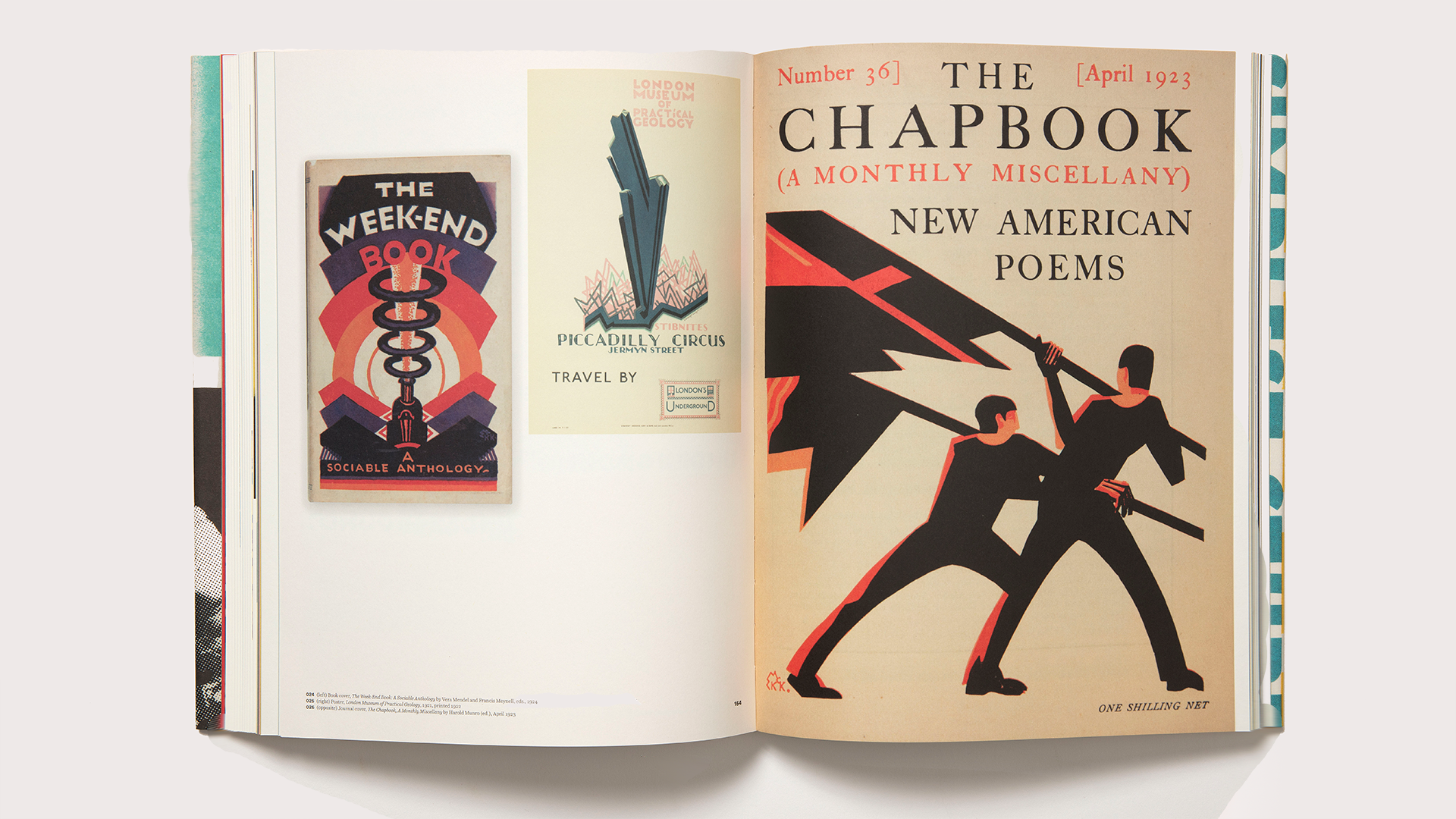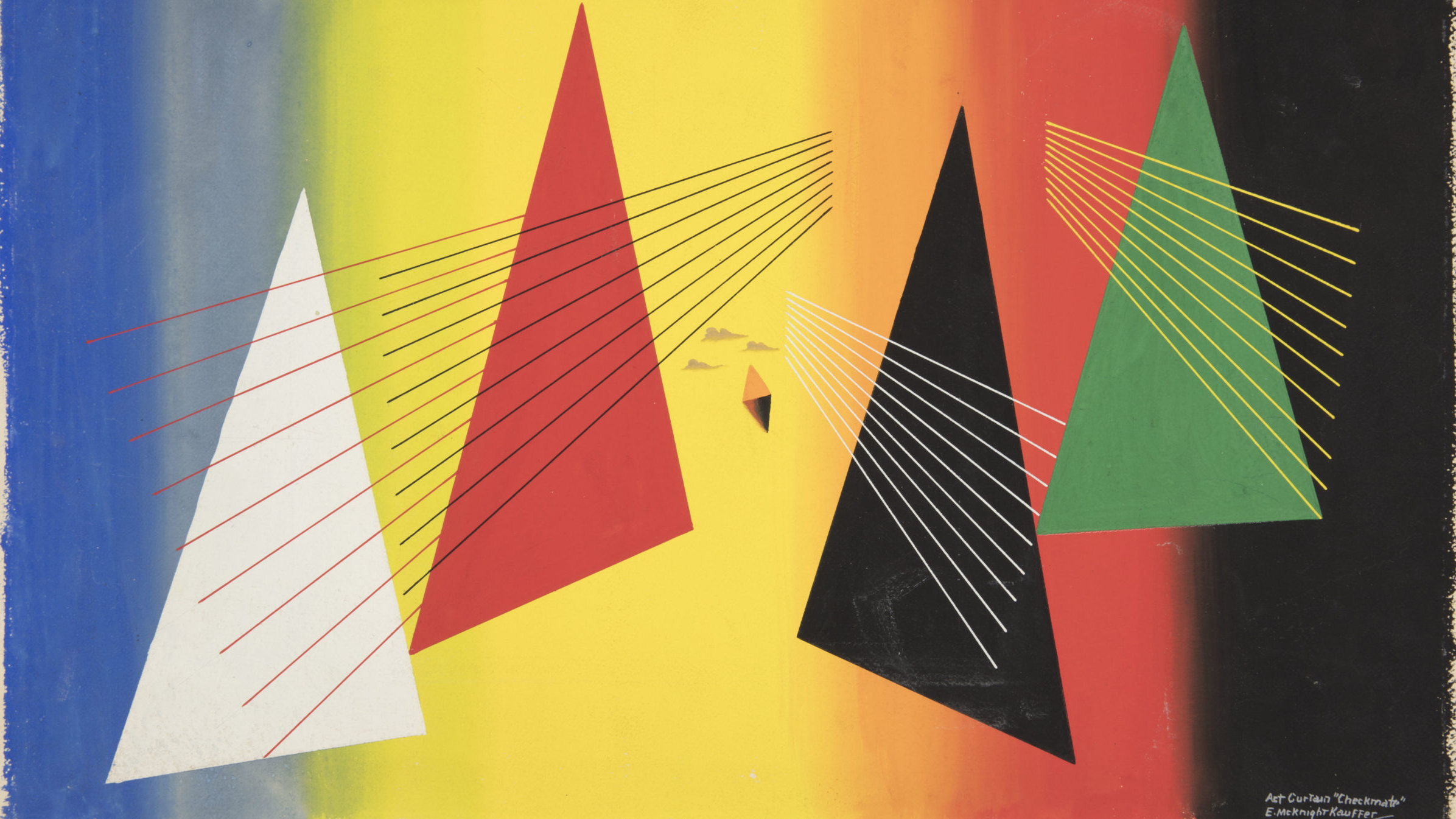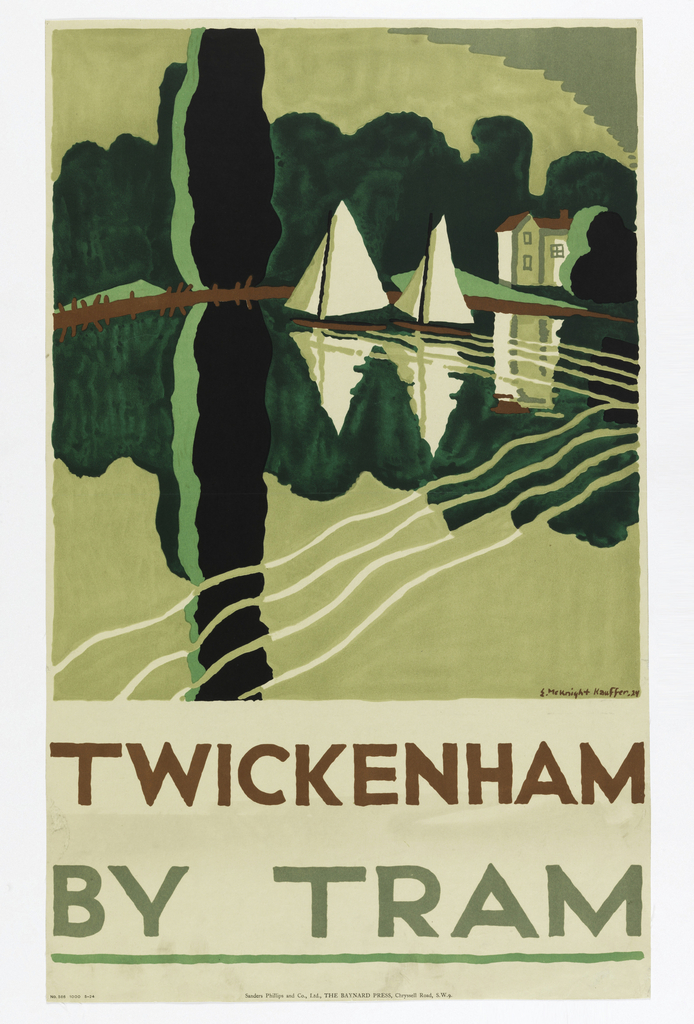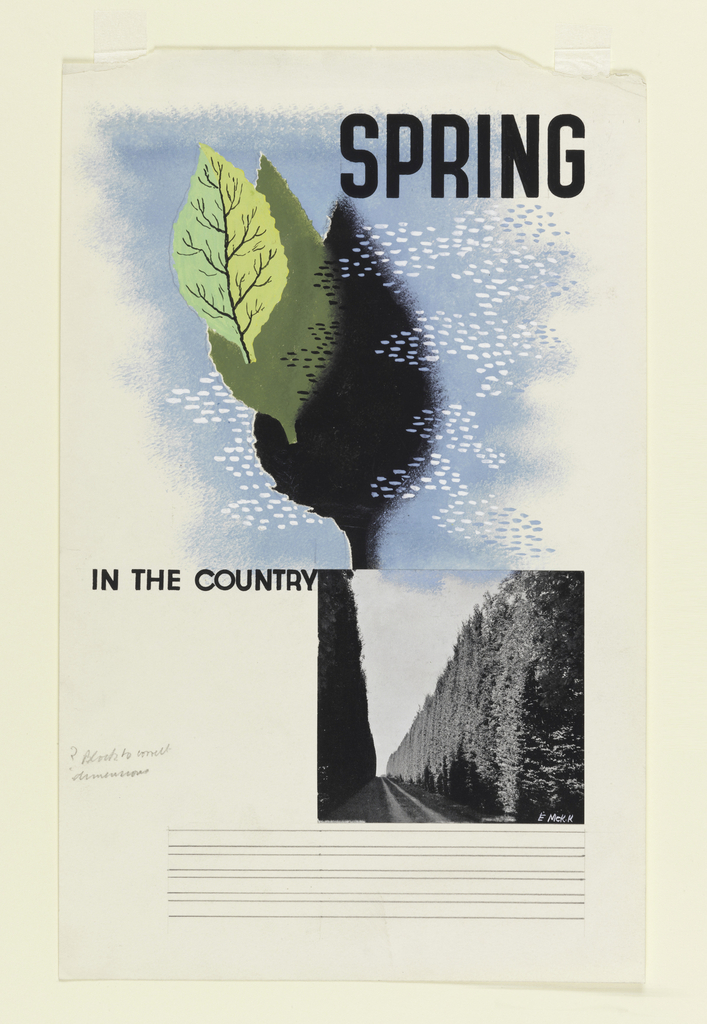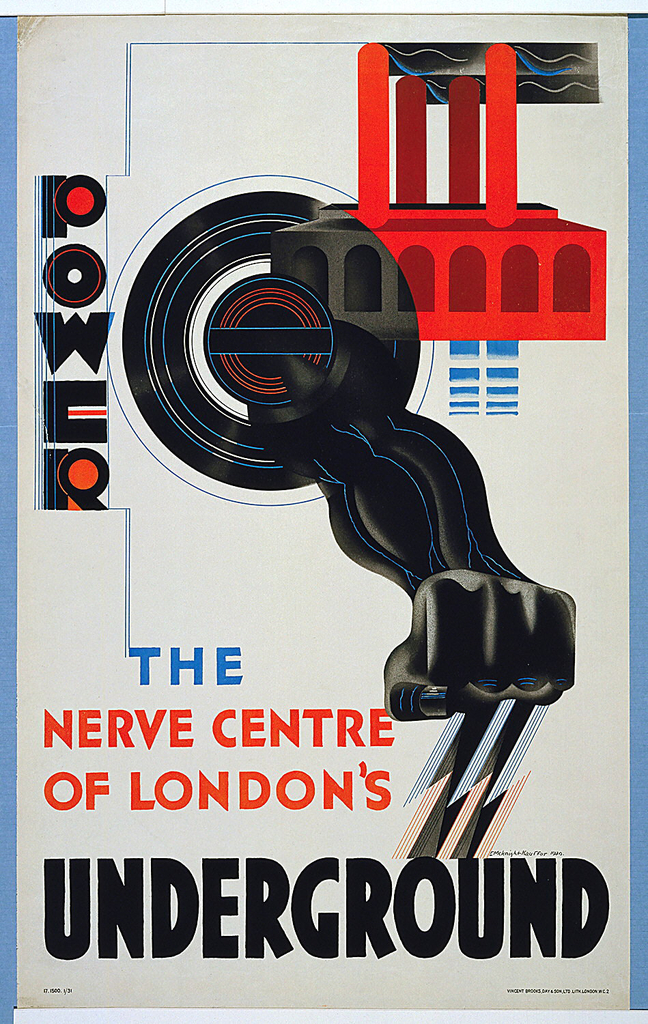Do you judge books by their covers? What makes you pick up a book or magazine? A successful cover design might allude to the content within its pages, invoke feelings, or communicate a powerful message. Designers make distinct choices to create this dynamic first impression and invite people to open the book. Join us for...
For nearly twenty years between the two world wars, E. McKnight Kauffer, an American, was the most celebrated graphic designer in England. He was best known for his eye-catching posters, but his book covers and illustrations, graphic identities, carpets, stage sets, costumes, and ephemera were also among the most arresting of his era. Kauffer believed fervently that modern art should move beyond the walls of museums and galleries to infiltrate all elements of daily life.
How do graphic designers engage with Cooper Hewitt’s own graphic design collection? Curators Caitlin Condell and Emily M. Orr welcome their recent collaborators, designers Lucinda Hitchcock and Lucienne Roberts, to discuss their experiences of interpreting the work of commercial art pioneer E. McKnight Kauffer (American, 1890-1954). Hitchcock and Roberts each drew inspiration from the museum’s...
London Transport posters played an indispensable role in the field of graphic design, particularly in the 1920s and 30s. In 1908, Frank Pick assumed responsibility for London Transport’s publicity and commissioned designs from internationally known artists as well as promising newcomers. Among them, a talented American poster artist and graphic designer, Edward McKnight Kauffer (1890-1954), helped...
Many graphic designers have explored the graphic possibilities of lithography by combining it with photography. Among those was E. McKnight Kauffer, an American designer who moved to London just before the First World War and stayed until the advent of the second. Kauffer often combined illustration with halftone reproductions of photographic elements, and he remained committed...
When it was introduced to London in the 19th century, the first underground railway was revolutionary. Able to provide quick, uninterrupted travel for commuters and easy access to the bustling city from the suburbs, the London Underground promised a better, more efficient future. It would take some convincing, however, to get the general public to...
